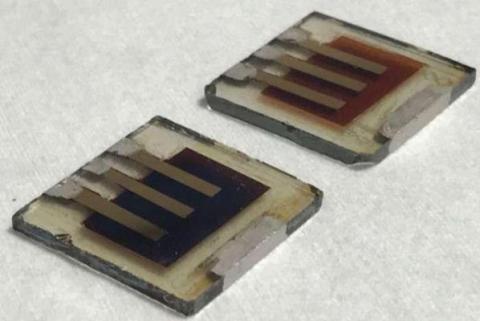Researchers at Imperial College London have studied the mechanism that causes perovskite solar cells to degrade so quickly. Their findings could pave the way for a more efficient, longer-lasting solar cell. Previous research by ICL scientists showed "superoxides" work to break down the perovskite material. Now, the ICL team discovered how superoxides form and cause damage.

When light hits perovskite, electrons are released and react with oxygen to form superoxides. The formation of superoxides is aided by gaps in the perovskite nanostructure, normally occupied by iodide. Superoxides take advantage of these iodide-less defects.
The researchers were able to prolong the lifespan of perovskite cells by applying an extra coat of iodide, but a better solution may require scientists to rethink the perovskite manufacturing process and prevent defects from forming. "After identifying the role of iodide defects in generating superoxide, we could successfully improve the material stability by filling the vacancies with additional iodide ions," said a chemist at ICL. "This opens up a new way of optimizing the material for enhanced stability by controlling the type and density of defects present."